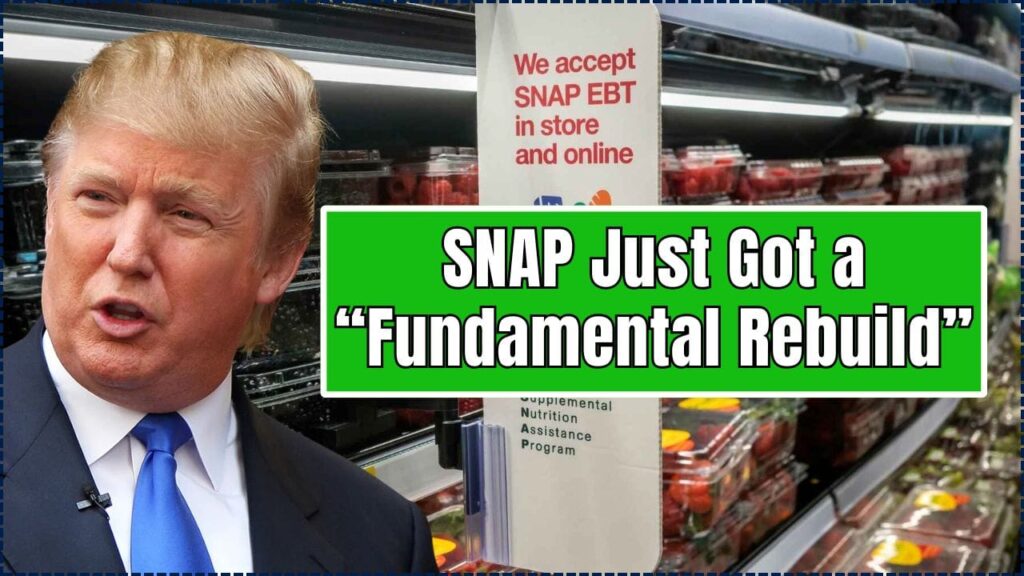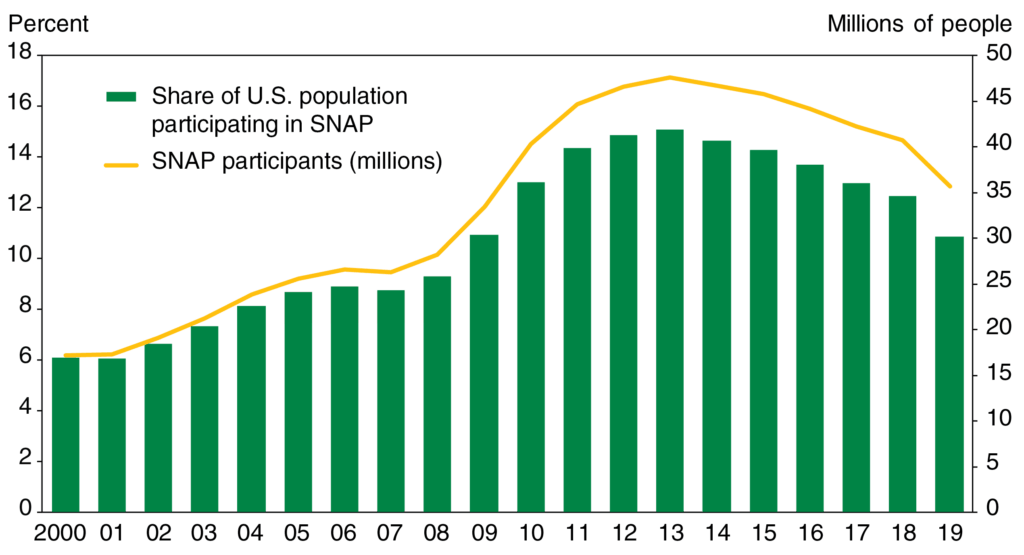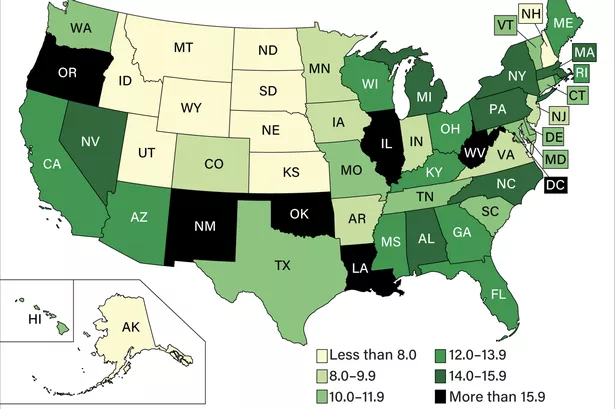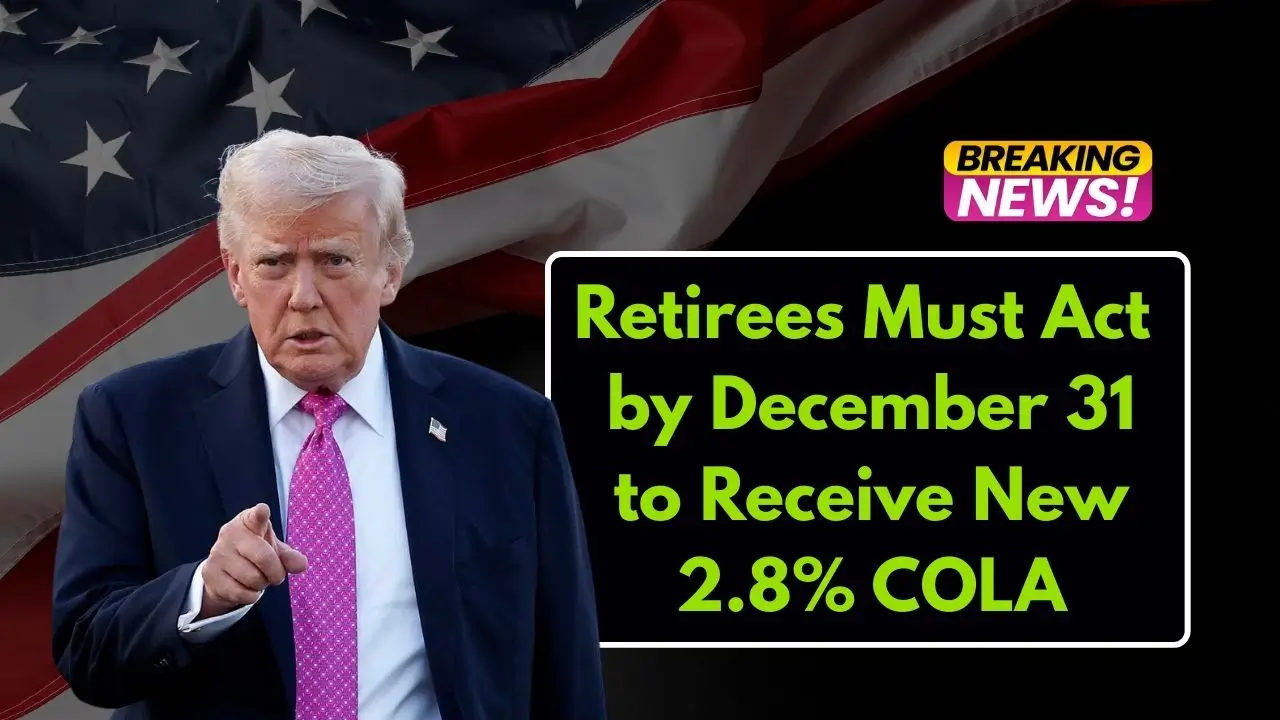
The United States Department of Agriculture (USDA) has announced a sweeping fundamental rebuild of the Supplemental Nutrition Assistance Program (SNAP), requiring every current participant—about 42 million Americans—to reapply for benefits. Federal officials say the overhaul follows audits suggesting widespread eligibility errors, while advocacy groups warn that the policy could disrupt access to food assistance for some of the nation’s most vulnerable households.
SNAP Just Got a “Fundamental Rebuild”
| Key Fact | Detail / Statistic |
|---|---|
| Americans required to reapply | ~42 million SNAP recipients |
| Primary reason for overhaul | Claims of duplicate and erroneous payments |
| Portion of households at risk of temporary lapse | Estimated 2–4 million |
| Cost of SNAP | Nearly $100B in FY2024 |
| States already reviewing systems | 29 |
Why the USDA Ordered a Fundamental Rebuild of SNAP
Federal officials say the decision to restructure SNAP follows several months of state-level data reviews. According to USDA Secretary Brooke Rollins, preliminary audits found “large-scale irregularities, including tens of thousands of cases where benefits continued after recipients died.” Rollins argued that the reapplication requirement is intended to “restore integrity and trust” in what has long been the nation’s largest federal nutrition program.
USDA did not release full audit data, but agency officials said that Electronic Benefits Transfer (EBT) misuse, identity issues, and multi-state duplicate accounts surfaced during their review of records voluntarily submitted by 29 states.
Critics Say Evidence Has Not Been Fully Revealed
Anti-hunger organizations emphasize that isolated data irregularities don’t justify a nationwide reapplication mandate.
Ellen Vollinger, legal director at the Food Research & Action Center (FRAC), said the agency “should release the underlying evidence and consider state-specific corrections rather than ordering a mass reapplication that will inevitably push eligible households off the rolls.”
Advocacy groups argue that benefit fraud rates remain low—typically estimated at around 1%, according to long-running USDA data.

How the Reapplication Process Will Work for SNAP
Although a precise national start date has not been announced, USDA officials say the agency expects states to begin rolling out updated verification steps “before or during early 2026.”
What Households May Need to Provide
States are preparing to require:
- Updated proof of identity
- Income and employment documentation
- Household composition verification
- Residency confirmation
- Disability status or medical exemption documentation
- Compliance tracking for federal work requirements
While these requirements resemble the existing recertification process, the major difference is mandatory participation for all active cases at once, not on a rolling basis.
Who Is Most At Risk of Losing Benefits?
Policy analysts say administrative churn—not fraud—is the biggest risk.
FRAC estimates that 2–4 million eligible participants could temporarily lose access due to paperwork issues, address changes, disability barriers, or limited internet access.
Historical Context: How SNAP Reached This Point
The Supplemental Nutrition Assistance Program (SNAP) traces its origins to the 1964 Food Stamp Act and has become a central pillar of American anti-poverty policy. Participation surged during the COVID-19 pandemic, reaching record highs in 2021 before declining modestly.
Previous Reforms
Over the past 20 years, SNAP has undergone major adjustments:
- 2002 expansion of work requirements
- 2008 shift to EBT-only systems for fraud prevention
- 2014 farm bill reforms tightening trafficking penalties
- 2020–2023 pandemic flexibility expansions
- 2025 One Big Beautiful Bill Act (OBBBA), which restructured certain work requirements and reduced SNAP spending by $186 billion
Analysts say the current fundamental rebuild is the most ambitious policy shift since SNAP’s creation.
State-Level Impacts and Administrative Challenges
States administer SNAP, while USDA sets the rules. That division of responsibility means every state will need to adjust systems, retrain staff, and revise verification workflows.
Capacity Strain Expected
Several states—especially those already experiencing worker shortages in social-service agencies—warn that the rebuild will require “extraordinary workload increases.”
A policy memo from the National Association of State Human Services Agencies (NASHSA) estimated that reprocessing all SNAP cases in a compressed timeframe would require “double or triple” normal staffing levels.
Digital Divide and Rural Concerns
Rural households and older adults are expected to face significant challenges completing new digital verification processes.
According to the Pew Research Center, about 22% of low-income households lack reliable broadband.
Advocates warn this could lead to unnecessary benefit loss.
Economic Stakes and Food-Security Impact
Economists say the overhaul comes at a moment of mixed economic signals. Inflation has slowed, but food prices remain high compared with pre-2020 levels.
Food Insecurity Already Elevated
A 2024 report from the U.S. Census Bureau’s Household Pulse Survey found that food insufficiency affected more than 26 million adults—up from pre-pandemic levels.
Experts fear a rushed reapplication cycle could deepen that footprint.
Dr. Karen Whitaker, a public policy professor at the University of Michigan, stated:
“Administrative barriers can have the same effect as policy cuts. Even short disruptions in SNAP can harm families’ ability to maintain stable access to food.”

Political Reactions and National Debate
The proposal has triggered strong reactions across the political spectrum.
Supporters Say Reforms Are Needed
Some lawmakers argue the reapplication is necessary to strengthen public trust.
Representative William Carter (R-TX) stated during a budget hearing:
“Taxpayers deserve confidence that benefits are going to those who qualify—not ghost accounts, duplicate files, or outdated records.”
Fiscal conservatives say the rebuild aligns with broader accountability and spending goals.
Opponents Call It a Risky Overshoot
Democrats and several moderate Republicans have raised concerns about mass disruption.
Senator Diane Herrick (D-NM) said:
“A nationwide reapplication mandate risks creating hunger where none should exist. This is a blunt instrument, not a scalpel.”
Some lawmakers want USDA to publish its audits before proceeding.
What Recipients Should Do Now
1. Watch for official mail or email from your state agency.
States will provide specific instructions and deadlines.
2. Gather key documents early.
Identification, pay stubs, lease agreements, disability forms, and EBT confirmations should be prepared.
3. Update addresses and contact information.
Many benefit losses occur simply because households miss notices.
4. Seek help from community organizations.
Local food banks, social-service agencies, and nonprofit legal groups often assist with SNAP paperwork.
New Rule Could Freeze Your Social Security Age Forever — Find Out If You’re Affected
What Happens Next
The USDA said guidance for states will be released “in phases,” and the rollout may continue into early 2026. Officials say the agency aims to “minimize disruption,” but many operational details remain uncertain.
Stakeholders across government and civil society are preparing for a complex implementation period that could reshape how SNAP operates for years to come. Whether the fundamental rebuild strengthens program integrity or deepens access barriers will depend on execution, transparency, and support for the households most affected.






